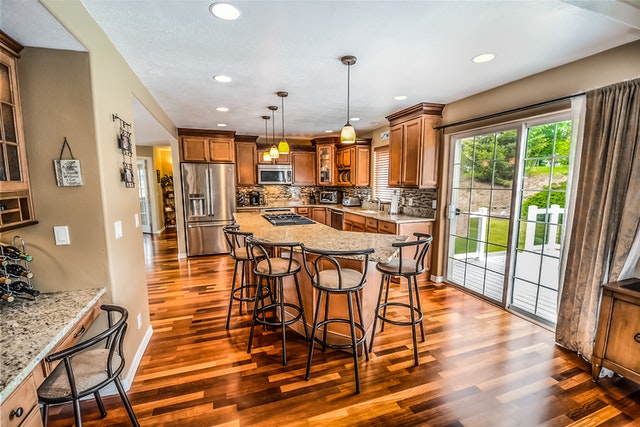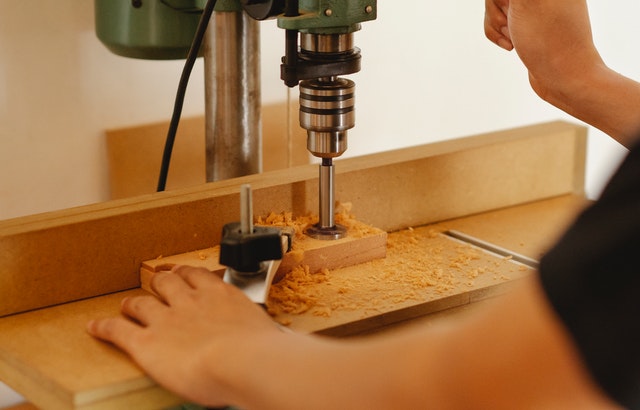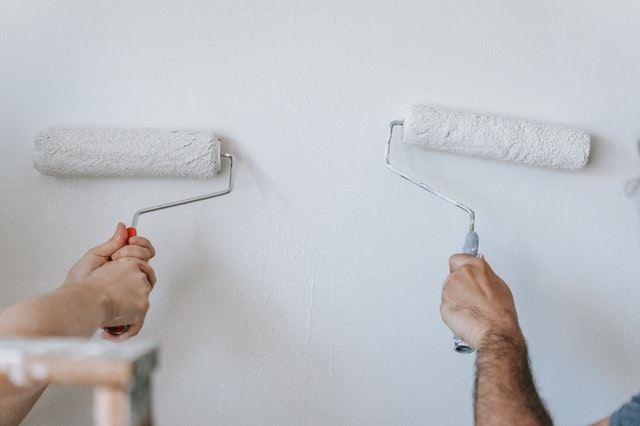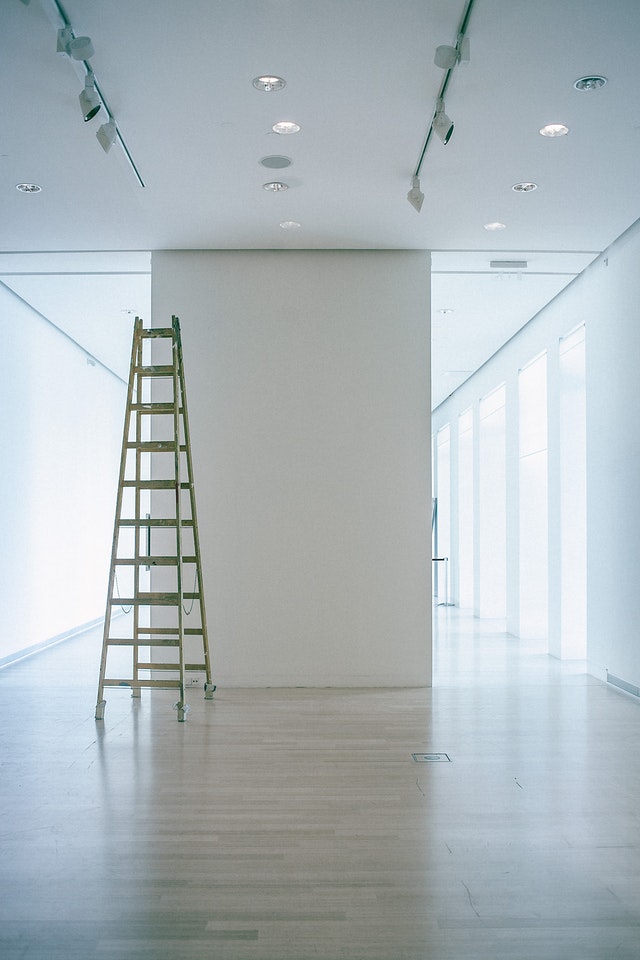Basement Waterproofing Specialist
Insulation
Overview
There are several places around your house where insulation will be required by local building codes, and there will be other areas around the house where-especially in cold and hot climates-insulation will be recommended, even if not required.
Typical places where insulation is required are:
· Between studs within wall cavities, especially along exterior walls.
· In an unfinished attic space.
· Within floors over unheated spaces.
· Along unfinished, exposed basement walls.
· Along exterior walls (beneath siding) or under the roof membrane.
The ability for a particular material to insulate is measured using a unit called “R-value”. As an example, if one inch of a particular material had an R-value of three (R-3), six inches of that same material would have an R-value of 18 (R-18).
So, if building codes call for an insulation level of R-24 in a certain location, you could use six inches of an insulating material with an R-4 value, you could use two inches of an insulating material that has an R-12 value, or you could even use 24 inches of an insulating material that has an R-1 value.
There are several forms of insulation that are common today:
· Loose fill
· Batt or blanket
· Rigid board
· Foam

Loose Fill
Loose fill insulation is just small pieces of fiberglass or cellulose that can be poured or blown into irregular and hard-to-reach areas. It’s good for adding insulation into already finished spaces—for example, pouring into the cavities behind a sheetrocked wall. It’s also good for unfinished attic spaces, where it can be blown throughout the space using a machine.
Loose fill insulation generally has an R-value between R-2 and R-4 per inch
Batt or Blanket
Batt or blanket insulation comes in rolls that are cut to desired lengths. Widths are typically the standard spacing of wall studs, floor joists, attic trusses, etc. Batt insulation is generally made from fiberglass and is most commonly installed in spaces between studs, joints, and beams. This is the type of insulation most commonly found between the studs in exterior walls and between the floor joists under floors.
Batt insulation generally has an R-value between R-3 and R-4 per inch of thickness.
Rigid Board
Rigid board insulation comes in sheets made of polystyrene or polyurethane. The sheets are generally 4’x8’ in size and have some strength to them, making it easy to attach to solid surfaces. Rigid board is thin (less than 1” thick), making it ideal to place behind siding or beneath roof membranes. It’s also a popular choice for insulating unfinished basements by just attaching it directly to the foundation wall.
Rigid board insulation generally has an |R-value of about R-5 per inch.
Foam
Foam insulation is a liquid insulation that hardens after application. It can be sprayed or even injected into cavities through small holes. Foam insulation is expensive, but generally has a high R-value (about twice that of batt insulation), making it a great insulating material. Foam is made of polyurethane or other materials, including some that are water soluble.
Foam insulation generally has an R-value up to R-6.5 per inch.


Inspection Tips
The bulk of the insulation in your property will be hidden behind walls, in the ceiling, and in the floor. And unless you’ll be opening up walls, you’ll probably never know for certain the existence of or the condition of the insulation. Unless I’m concerned about mold behind a wall or have a specific reason to question whether the insulation needs to be replaced in a property, I won’t bother taking any drastic steps to check the hidden insulation.
The most important place to inspect insulation in most houses is the attic. This is because:
1. More heat escapes through the attic than any other part of the house; and
2. Any decent inspector will check for appropriate attic insulation when your buyer has his inspection.
When inspecting attic insulation, you should be looking for a few things. First, be aware of any areas of the attic that have uneven amounts of, or missing, insulation. Most attic insulation is loose fill, so a visual inspection can typically give you a good idea of whether the attic is evenly insulated or not.
While your local codes may vary, you will generally wan an unheated attic to have an R-value of at least R-30 with R-50 to R-60 being even better, especially in colder climates. Given that most loose fill insulation has an R-value of about R-3, this translates to between 10” and 20” of loose fill insulation in your attic.
If the insulation in the attic is something other than loose fill, you should try to determine the R-value of that insulation and figure out if it is adequate or not. If there are multiple types of insulation in the attic, multiply the R value of each by the thickness and add them together to get the total R-value.
Note that a good installation of insulation in the attic will include a vapor barrier between the floor and the insulation. A vapor barrier is simply a thin layer of sheathing—typically a thin plastic sheet—which keeps moisture from penetrating into the attic and insulation. If the insulation in the attic is moist or damp, you should attempt to determine the source of the moisture and you should seriously consider replacing the wet insulation.
For houses that have unfinished or partially finished basements, you should check to see if the basement walls are insulated. If you plan to finish the basement, you will need to factor in the cost of any new insulation to your scope of work. Most jurisdictions will require basement wall R-values of between R-13 and R-19, again depending on your local climate.
Life Expectancy
If not overly disturbed, most insulation should last the lifetime of the structure.
Scope of Work (SOW) Tasks
All insulation tasks will involve the installation of insulation:
Install Insulation
Different forms of insulation are measured in different ways, so there is no easy way to compare the price of one type of insulation versus another. But different insulation forms each have their common uses, and if you choose the appropriate form for your need, you’ll likely get the best value.
While you can have other contractors (handyman, carpenter, sheetrocker) do the work, for large insulation jobs, you’ll find that it’s more cost effective to have a professional insulation company complete the task.
Loose fill insulation is generally used for insulating attics and is measured per square foot.
Batt insulation is used for insulating wall cavities and is sometimes used to insulate attics and is measured per linear foot.
Rigid board insulation is used to insulate exterior and unfinished basement walls and is measured in square feet (but installed in 4’x8’ sheets).
Foam insulation is used for high-end properties to insulate wall cavities or for hard-to-reach spaces and is measured in square feet.
Cost Guidelines
Hare’s the breakdown of costs to install insulation:
Install Insulation
Loose Fill: $1-$2 per square foot.
Batt: $1-$2 per linear foot.
Rigid board: $1-$2 per square foot.
Spray foam: $2-$5 per square foot.
For most application in low-to-mid-level renovations, loose fill and batt insulation will be the insulation of choice.
Determining Your Local Prices
Most professional insulation companies will be happy to give you a ballpark figure for large-scale jobs, such as insulating all the exterior walls or blowing insulation in the attic. They’ll want to see the job before committing to a price, but you should be able to get an estimate of what your local prices are by making a few phone calls.
How to Pay for the Job
I will typically pay for insulation work at the completion of the job. Some contractors may require a down payment or payment for materials upfront before they get started.

